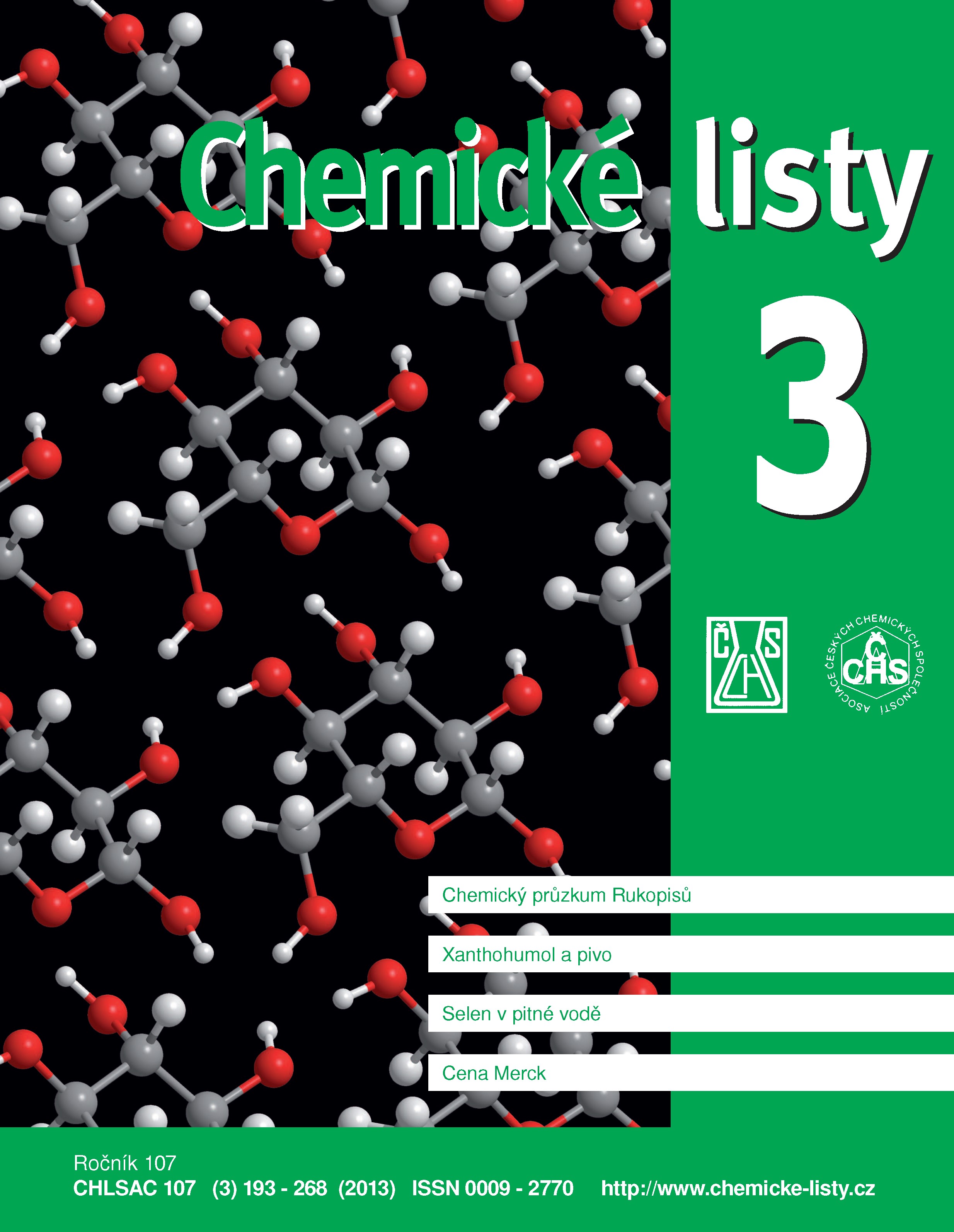S-nitrosoglutathionreduktasa: klíčový enzym regulace S-nitrosylace
Klíčová slova:
S-nitrosoglutathionreduktasa, S-nitrosylace, S-nitrosothioly, oxid dusnatý, S-(hydroxymethyl)glutathion, abiotický stres, biotický stresAbstrakt
S-nitrosylation has recently emerged as an ubiquitous posttranslational protein modification. S-nitrosothiols, which can serve as stable and mobile reservoirs of nitric oxide, show convergence of signalling pathways of reactive nitrogen and oxygen species. This review summarizes the current knowledge of S-nitrosoglutathione reductase (GSNOR), a key enzyme involved in the regulation of intracellular levels of S-nitrosoglutathione and protein S‑nitrosothiols. The biological functions of GSNOR are based on its ability to decompose GSNO with concomitant production of oxidized glutathione. Altered expression and levels of GSNOR have been found associated with important pathological processes. Similarly, GSNOR is involved in signalling mechanisms and defence responses of plants to various abiotic and biotic stress stimuli. Despite recent considerable advances in S-nitrosothiol research, our understanding of signalling pathways and GSNOR-mediated catabolism of GSNO in vivo are still limited. Current research involves studies of the role of GSNOR in human pathophysiological processes and in plant response to stress conditions.





